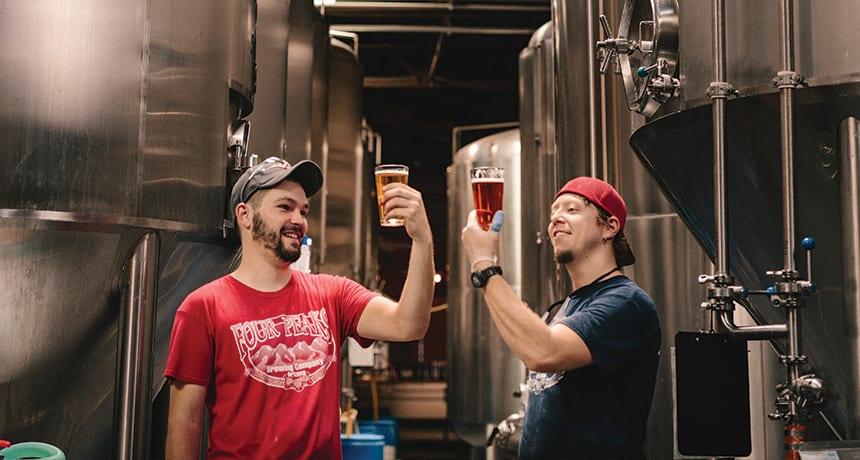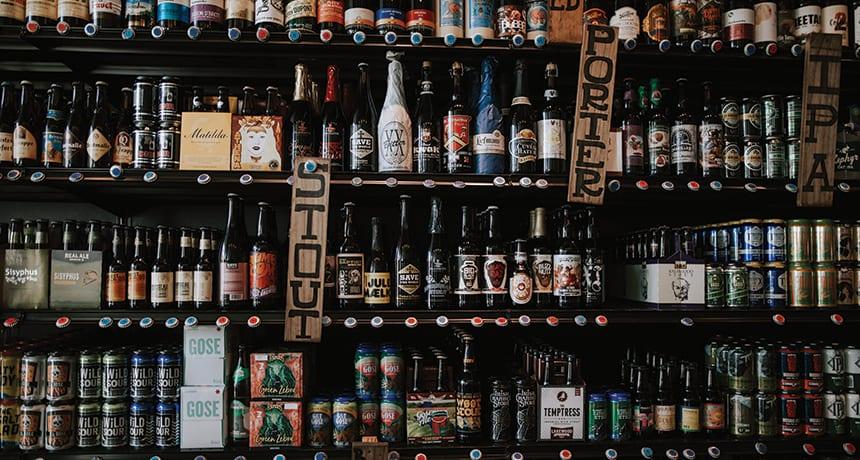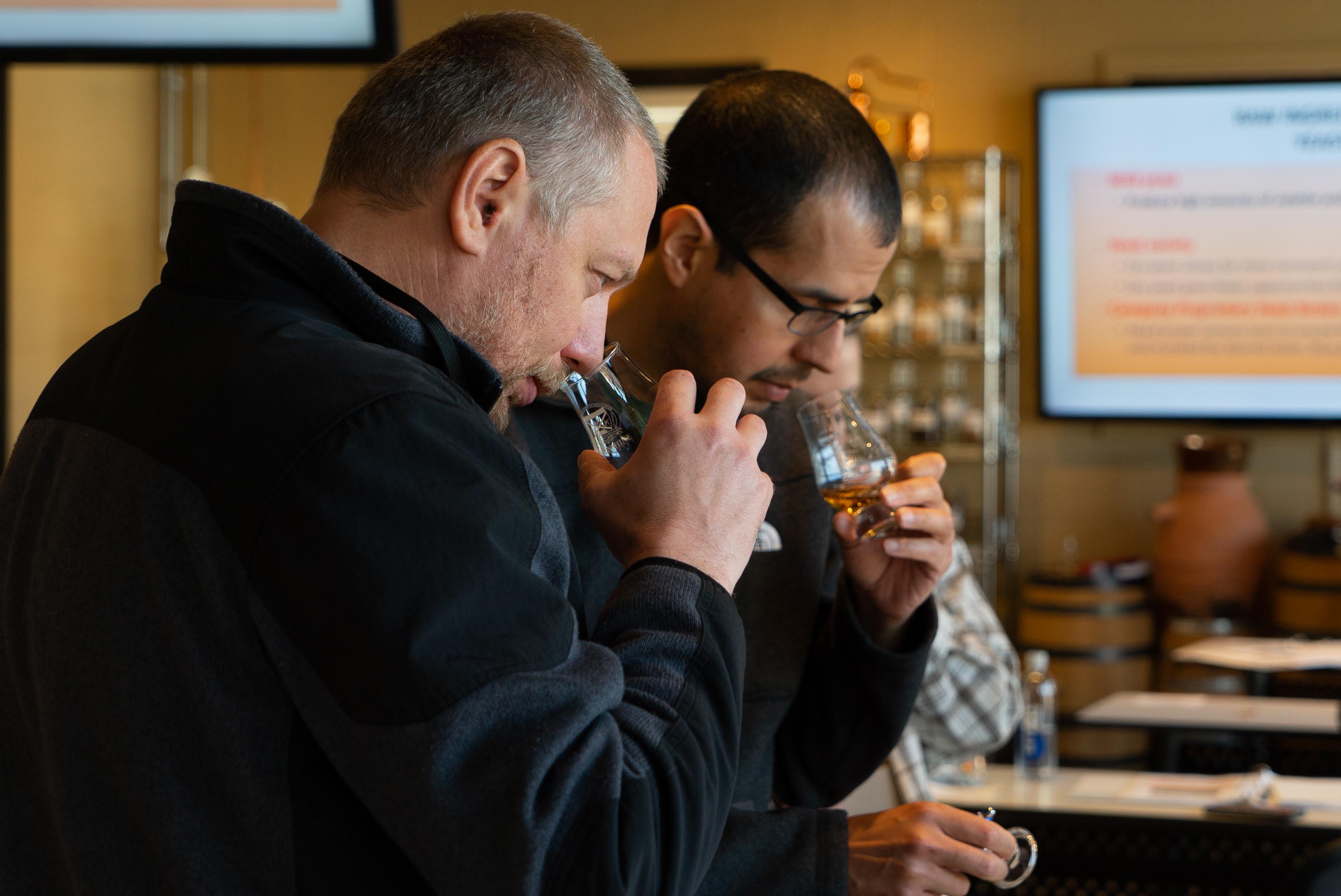
The Art of Non-Alcoholic Spirits
blog
For decades, spirits and cocktails have fostered a culture of craft, connection, and celebration. But over time, cocktail culture has evolved far beyond the buzz!

Thanks to their innovative and adaptive spirit, craft producers have a knack at finding ways to survive and thrive. In the wake of current events, the craft movement is now facing its biggest challenge yet. This year's American Craft Beer Week is especially significant, as we take a moment to recognize the our nation's biggest beverage innovators. To honor their commitment, we're exploring the world of craft brewing — so grab yourself a cold one and let's get started!
First, it would probably be helpful to know who qualifies as "craft." According to the Brewers Association, the largest trade organization for the US brewing industry, there are 3 main criteria for craft breweries. They must:
Sounds simple enough, but there are other natural qualities of craft breweries that are harder to prescribe. Craft breweries often stand out for their tendency towards innovation and experimentation, deep connection to their communities, and distinct, individualized approaches for engaging with their customers.

Yes, the US has always had a place in its heart for beer, but the craft brewing movement itself has only really taken off in the last few decades. In fact, from 2010 to 2018, the number of craft breweries around the nation has jumped from less than 2,000 to over 7,000.
It's hard to pinpoint the exact reasons for this dramatic growth, but we can draw some parallels between the start of the craft movement in the 1990s and the massive expansion we saw beginning in the 2010s.
In both cases, the US economy experienced a rebound following an economic downturn. Of course, with a stronger economy, consumers generally have more expendable income to put towards enjoying pricier craft brews — so no surprise there. But along with economic implications, both periods also saw the rise and mainstream adoption of new technologies.
By the end of the 1990s, the Internet was becoming commonplace as a way to access information and communicate with people from across the country and the world. With this tool, the pioneers of the craft movement were able to freely share ideas, promote their products, and quickly learn new skills.
Similarly, social media experienced rapid growth around the 2010s. Again, armed with a new, quick, and convenient way to spread ideas, savvy brands could create buzz and reach new audiences without large ad-spends.
Social media also brought forth broad global forums and small connected groups that allowed communities of brewers and craft beer fans to connect in ways they couldn't before.
These new developments have undoubtedly played a critical role in creating the craft beer world we know today; however, it also can't be denied that the innovation and "out-of-the box" thinking of revolutionary brewers and business owners are what have truly captivated the public and made this trend so enduring.

The surge of uniquely flavored beers and ciders on the market today would not be possible without the imagination and experimentation of the craft brewing movement.
Gone are the days of choosing between the few major producers and their selection of 1 or 2 styles of beer. Now, even in the smallest of beer retailers, you're sure to find a bounty of unique beer styles from a variety of craft distillers — often enough to make your head spin.
It's summertime, so let's use a popular seasonal style of beer, the shandy, as a quick example. A traditional shandy is made by mixing a pilsner and lemonade together. This creates a refreshing, fruity beverage best enjoyed on a sunny day.
Even though this drink could be made at home, producers have mastered the balance of brew to lemony goodness. By combining their beer with lemonade flavoring, we now have a concoction that's ready to drink in as little time as it takes to open a bottle or a can.
Using this process, it's easier than ever to formulate new, adventurous takes on delicious brews and spirits, alike. At our sister company Flavorman, this is what the experts do every day. Flavorman partners with clients from around the world to create custom beverage formulations for commercial-scale productions. And at Moonshine University, brewers can explore the world of distilled spirits and find pathways for expanding into craft distilling, which has been experiencing its own renaissance.
As the nation's craft producers look for ways to adapt to the devastating impact the coronavirus has had on their businesses, it's now more important than ever that we stand together in support of craft.
This week, Moonshine University encourages you to make a small contribution to American breweries by enjoying some of the innovative beers they create. In doing this, we hope you'll find a new favorite brew — that's something we can toast to.

blog
For decades, spirits and cocktails have fostered a culture of craft, connection, and celebration. But over time, cocktail culture has evolved far beyond the buzz!

blog
Those that are familiar with the process of crafting distilled spirits may also be familiar with the 10 common congeners that are created during fermentation, and honed during the distillation run. Each congener has its own distinct personality, rendering unique tastes and aromas to the finished spirit.

blog
So, you want to start distilling with freshly milled grain. Maybe you're tired of paying top dollar for the pre-milled stuff from the malt distributor, and you're ready to invest in the quality, efficiency, and bulk pricing that comes with milling your own whole grain. But where do you start?